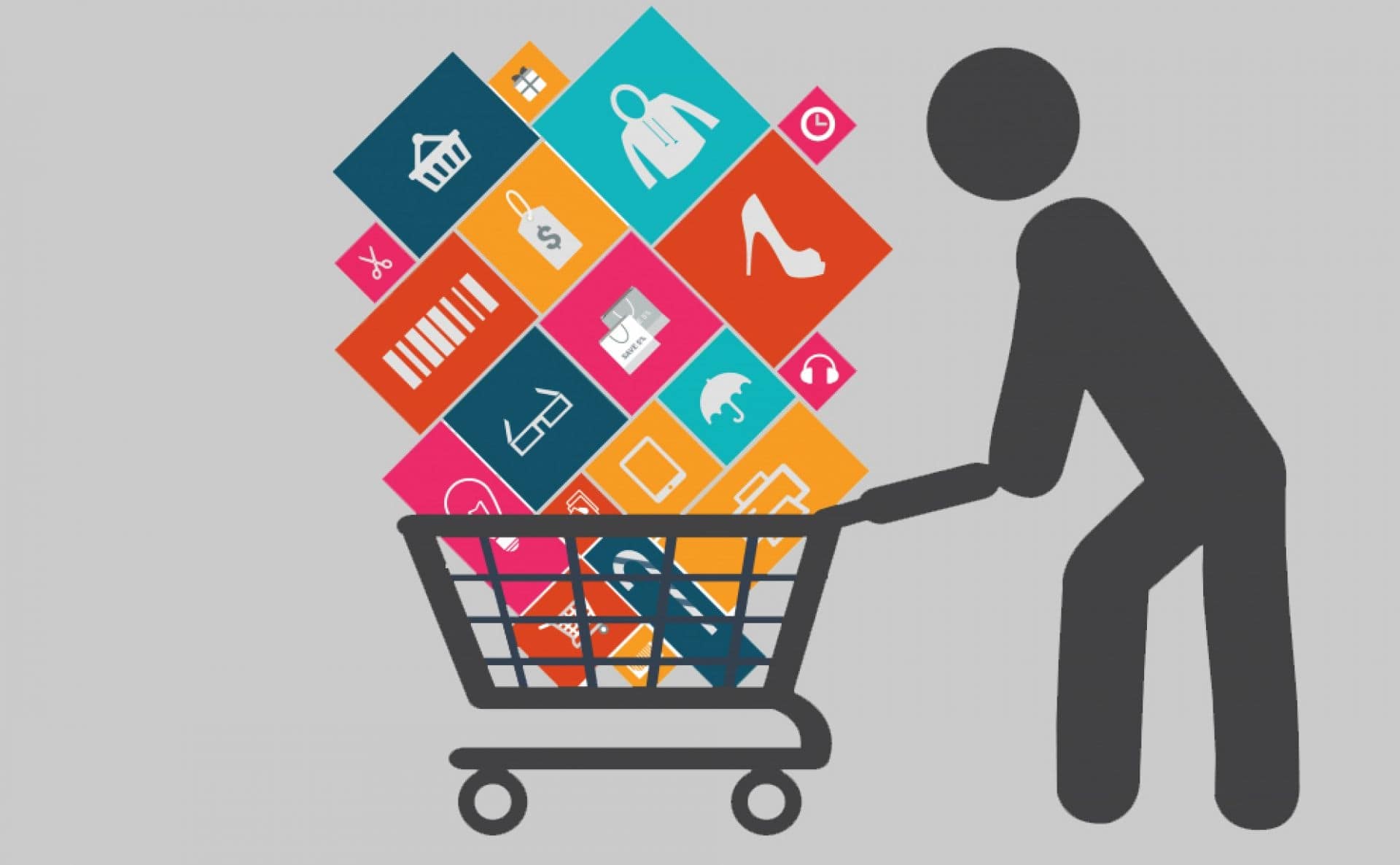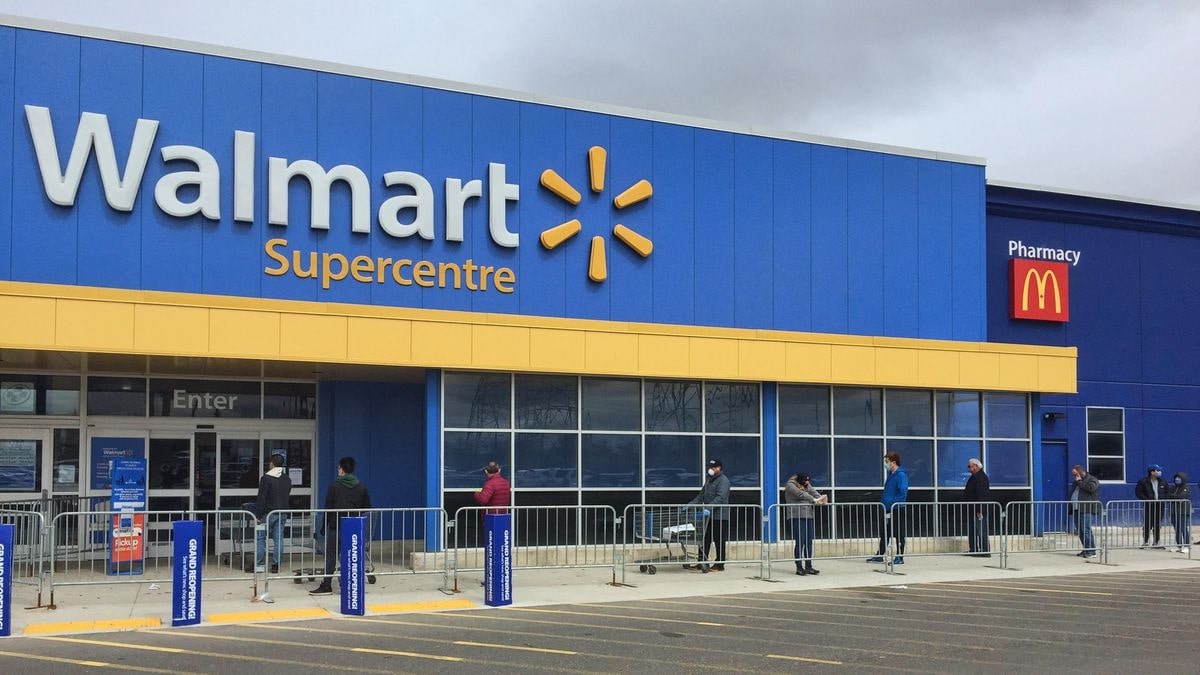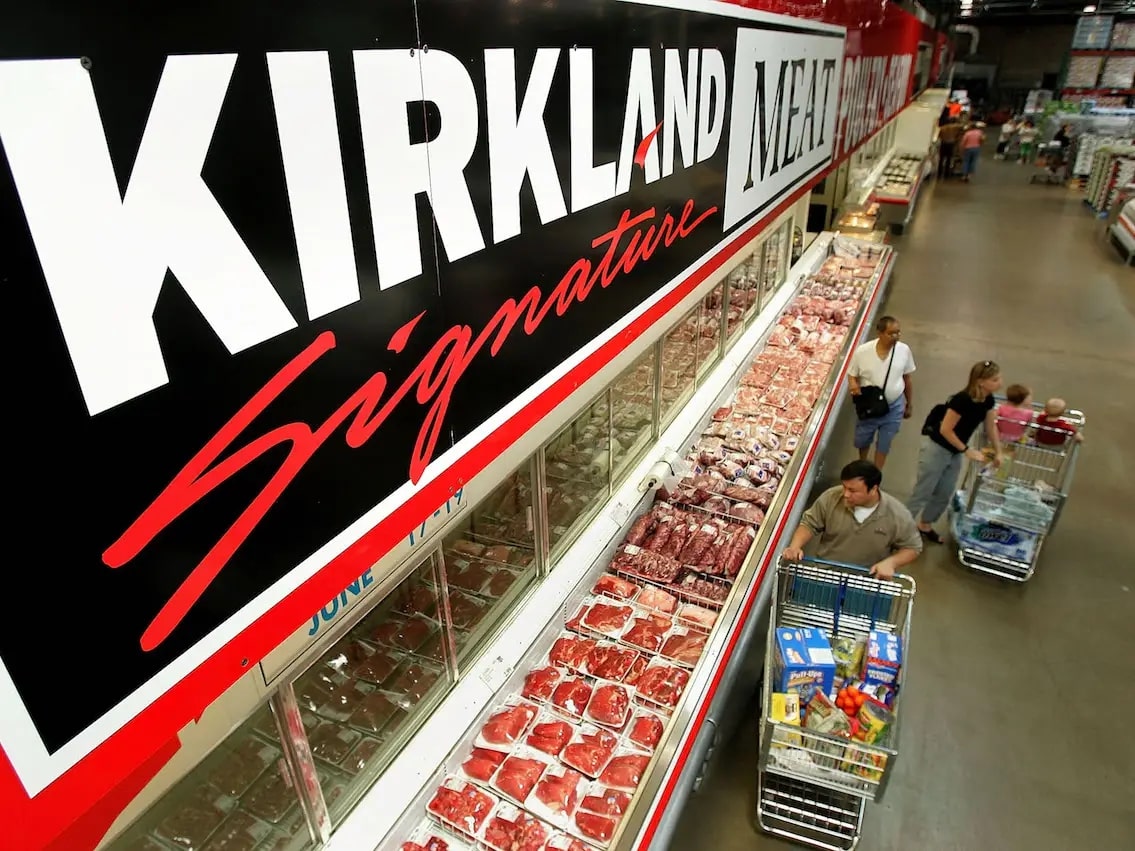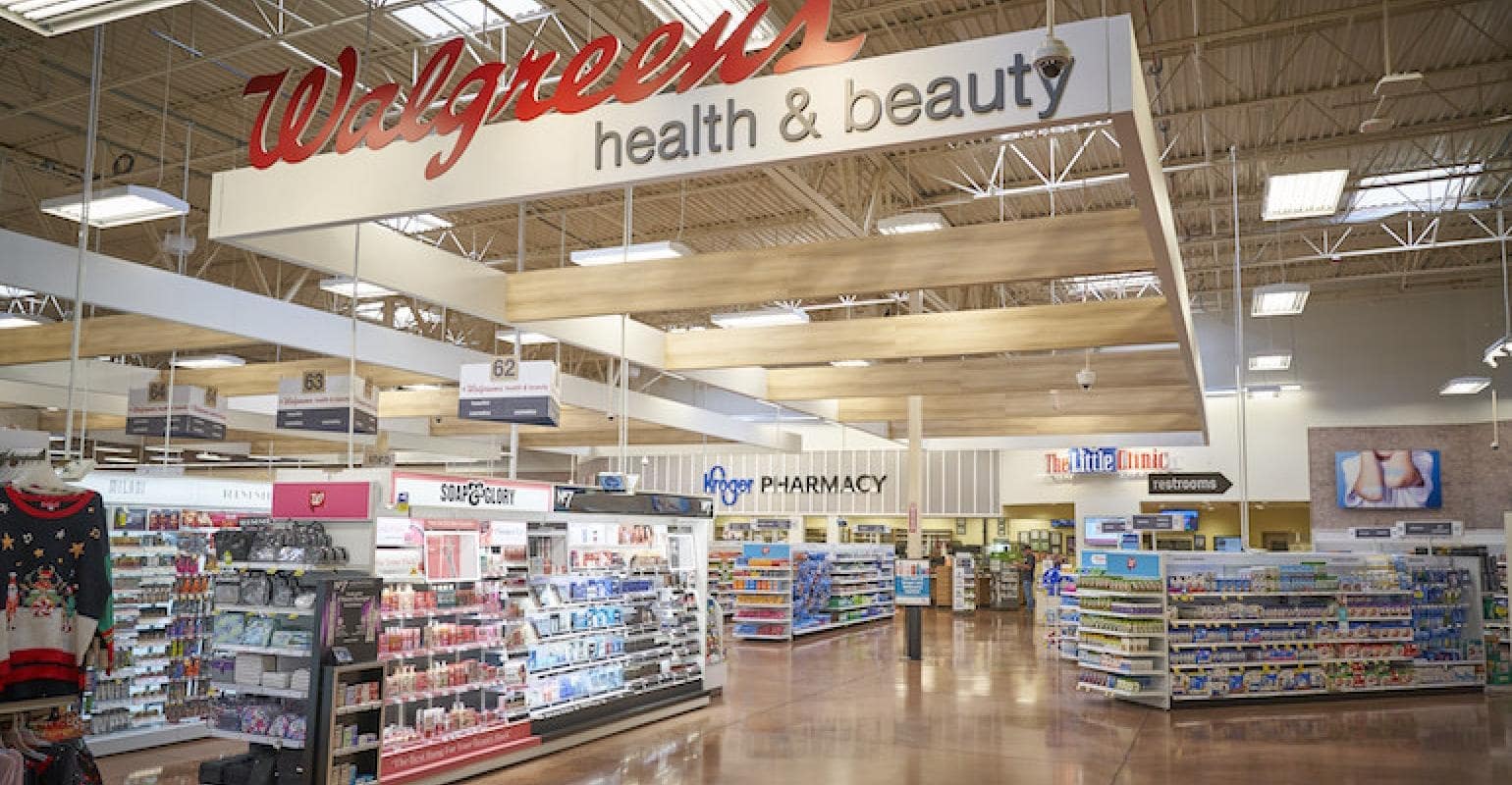Best Retail Branding Strategies for eCommerce Business
The booming retail industry seems to have no end in sight. But brands are disappearing as quickly as they are appearing, and this fast-changing landscape demonstrates how hard every brand must fight to survive, let alone thrive, in this competitive market. It is not mere coincidence or chance that keeps names like Apple, Amazon, or BMW at the top of the food chain, and brands just starting out have a lot to learn from these retail titans if they want to be successful in the long run.
What is retail branding?

A retail brand is a business that is owned, operated and marketed by a retailer. These are also known as store brands, house brands or generic brands. These are usually less costly alternatives to name-brand products. Large supermarket chains and grocery stores also have their own store brands. In general, retail refers to the player in the supply chain who sells to the end customer rather than resale.
Branding is a practice in which a product or service is differentiated from others in the minds of customers (positioning) by effective brand management. Defining brand identity, brand name, logo, product unique packaging, brand loyalty, and equity through the use of both online and offline communication channels.
So, retail branding is a series of activities that involves creating a distinctive identity for a retail label and successfully engaging with customers so that they return and become loyal customers.
Best successful retail branding strategies

Regardless of whether you are a single-brand or multi-brand retail business, strong branding in the retail industry requires a thorough understanding and appreciation of the following key strategies: Understand the customer buying journey
Understand the customer buying journey
The basic principle of branding is to present a distinct positioning at critical stages of the customer buying journey. In recent years, there has been a profound change in the way customers interact with retailers. The decision journey is extremely unstructured and non-linear, with several points of infraction and brands having the ability to join and leave the consideration set at any point along the way.
A deep understanding of these decision journeys is essential for successful retail branding. Branding must be strong and consistent at all touch points, articulate a distinct positioning, and keep its target customers within its universe (i.e. within online and offline channels). Keep track of global trends
Keep track of global trends
We live in a world where events and people thousands of miles away have a greater effect on our lives than our next-door neighbors. The rise of social media sites has accelerated the rate at which remarks turn into opinions, opinions turn into thought-pieces, thought-pieces turn into voices, and voices turn into trends.
Retailers must stay on top of these trends in order to remain as a relevant shopping destination for customers. Zara’s long-held role as the doyen of fast fashion is under pressure from startups that have disrupted conventional fashion retail business models. Trends can influence the product lines that a retailer can carry. Branding must be robust enough to accommodate these shifts and keep a retailer competitive as its product lines evolve.
Embrace technology driven capabilities
When it comes to developing and providing experiences, retailers must embrace technology as an enabler of a successful brand. The use of digital signs in retail stores is now widespread, but there is much more potential. Artistic photographs are projected on the walls of Starbucks Reserve locations.
Each Starbucks Reserve location around the world is uniquely built to provide a “coffee theater” experience. Hermès launched a virtual e-store to display its silk squares, shawls, twills, scarves, and stoles collections. Technology is becoming an essential component of branded experiences, and retailers must incorporate more of it into their branding strategies.
Develop a global mentality
Retail has evolved into a global phenomenon. E-commerce has easily removed the obstacles to buying and discovering multinational brands. Retailers such as Amazon and Alibaba have rewritten the rules for developing global retail business models. As a result, every retail branding campaign must adopt a global mentality from the beginning.
Because of the scalability of its network, Alibaba, for example, has the potential to reach every global market. Amazon is increasingly expanding internationally through a consistent strategy that includes a powerful brand identity, experience in mastering local level logistics and operational problems, and significant investment in emotional and practical brand building. We have yet to see comparable levels of performance for conventional physical stores, highlighting the difficulties of maintaining infrastructure on a global scale.
Personalise as your life depends on it
Consumers today are spoiled for options, and they have more control of where and when they exercise those choices. Retail brands that don’t invest in creating exclusive experiences risk being moved down or even out of the consideration rank. Customers now demand customized products and services even when they shop at value or discount stores.
Effective branding strategies must be capable of delivering personalized interactions at any customer touch point. To build such an experience, the retail industry needs to embrace big data analytics. Despite the fact that digital is a powerful and disruptive force, retailers must be able to see through the glitz and glitter of digital. Every branding initiative does not need to include a digital component. Branding, for example, can highlight the retailer’s strengths in a unique way that is difficult to imitate. If the retailer in question has a large physical presence, any branding campaign should prioritize the enhancement of these properties (and not rely too much on online channels).
Online retailers are experimenting with high-tech distribution and fulfillment mechanisms that serve as differentiating factors (in the absence of any differences in product lines). Traditional retailers should be vigilant not to mimic positioning factors that are not a good match for their brand. It would have a negative effect on brand value.
If personalization is the new strategic differentiator, consistency in engagement and service levels is the new activation mechanism for that differentiator. These two aspects have taken on crucial significance in retail branding strategies. One without the other is insufficient and prevents a retailer from completely capitalizing on available opportunities.
Example of Successful Retail branding Strategies
Walmart - Build a better brand through meaningful change

Walmart has long been a household name in the retail industry in the United States, but the business hasn’t always had its today dominant reputation. For a time, Walmart was in the news for its poor treatment of workers, as well as the negative effect its brand presence had on small businesses around the country. Walmart’s management team understood that the company was struggling and wanted to make a change. Walmart has made considerable strides to chart a new path in the years since.
Walmart CEO Doug McMillon explained in a 2017 Harvard Business Review interview, “We start with reality and try to focus on what we can do to make Walmart a better company everyday.” Walmart has prioritized environmental and social responsibility over the last 12 years. In addition, the retailer has reviewed its pay structure (increasing average salaries by $2.7 billion in 2017), employee training, and advancement initiatives. Though Walmart still has flaws, it has significantly strengthened its reputation by recognizing those flaws and working to correct them.
In his Walmart case study, branding expert and entrepreneur Simon Mainwaring shares, “The key takeaway is that intent is vital to how stakeholders interpret your brand. Investing in making a positive difference in the areas your business operates is an excellent way to boost brand awareness.”
What You Can Do
Recognize the areas in which your company falls short of expectations. Only through self-awareness and brutal honesty can you really understand how your brand is viewed.
- In order to represent the community and be a brand that people want to support, ask your consumers where your brand falls short.
- What are the most popular inquiries received from your customer service team?
- Interview your employees about their findings. They might know something you don’t.
- Create plans to become better — and then stick to it.
Don’t sugarcoat any flaws. Any challenge you find is an opportunity to significantly enhance your company and brand. This is particularly true for start-ups. Businesses that invest in and share stories about their measurable social contributions can increase brand value and establish a competitive advantage. As a result, look for ways to give back to your society. Accept honesty and socially ethical conduct. As a result, the brand will benefit as well.
Amazon - Develop a consistent, reliable multi-channel brand

It’s difficult to imagine a world without Amazon these days. However, no one could have expected the powerful eCommerce giant that Amazon would become when it first released its mission statement in 1995: “… to be Earth’s most customer-centric company, where customers can find and discover anything they want to buy online, and strives to offer its customers the lowest possible prices.”
In that mission statement, you can see the secret to Amazon’s success. The brand has kept its promises in surprising and creative ways. Amazon is now trying to find new ways to be customer-centric and offer something someone may like to shop online twenty-four years later.
Aside from the core Amazon marketplace, the company has built a robust mobile app, an army of artificial intelligence (AI) home assistants (I’m looking at you, Alexa), the Amazon Prime delivery service, and Amazon drop-off lockers all over the world. This brand has made it possible for consumers to engage with it almost anywhere. Amazon has perfected the art of satisfying consumers wherever they are. Its brand has been characterized by its multichannel approach.
What You Can Do
While you may not have the resources to build your own household AI or offer two-hour shipping nationwide, there’s still a lot you can do:
- Survey your customers to receive valuable feedback. Be sure to thank them for their time by giving them a discount or gift card for a future order.
- Establish good social media relationships with your customers. Consider your social media accounts to be branches of your customer service and sales teams. If a customer contacts you there, make sure to answer quickly.
- Make it simple for customers to connect with your company through a variety of channels. Where necessary, provide prompt customer service via phone, email, and chat, as well as in-store.
- Keep the brand’s voice and customer experience consistent across all platforms. Customers should have a consistent experience with your brand whether they are on social media, a mobile app, your website, or in your shop.
Ensure that you and your customers are on the same page. Determine how, where, and when they want to do business with you. Then find out how to satisfy those needs with the least amount of friction.
Costco - Invest in your signature brand

Many retailers have their own private-label brand. Walmart provides Mainstays, Safeway supermarkets offer Safeway Select, and CVS pharmacy offer CVS Wellness. However, most people do not go to the store solely to look for such brands.
Costco’s Kirkland Signature brand, on the other hand, is breaking that curse. Costco unified all of its private-label products under the Kirkland Signature brand in 1995. Since then, the company has carefully designed the brand’s products to ensure consistency and consumer appeal.
This dedicated move has paid off. Customers now regard Kirkland Signature as a high-quality brand at a reasonable price. It has evolved into a driving force that attracts customers to Costco. As a result, the Kirkland Signature brand generates approximately one-third of Costco’s sales.
What You Can Do
If you want to offer your own signature brand, invest the time and effort to make it a great product in and of itself. I’d recommend that you should follow Costco’s lead and carefully curate your store’s signature brand.
- Make certain that any item sold under your signature brand is a good fit for your consumers and your current brand.
- Pay attention to both the price and the quality. Consumers today demand a combination of those two.
- Find a unique selling point for your signature brand. Make sure your items have a distinct value and that you have distinct packaging design and package graphics for that signature brand.
- Promote your signature brand. Customers will not care for the brand if they are unaware of it.
Cultivating a unique and high-quality signature brand will give your retail store a hook that is too good for customers to pass up.
Walgreens - Branding is more than a tagline.

Walgreens announced a new brand strategy in December 2017. Walgreens unveiled the latest tagline, which takes a sharp turn at the intersection of happy and healthy: “Walgreens. Trusted since 1901.” This shift occurred shortly after Walgreens’ rival CVS completed a large purchase of a health insurance company. Some speculated that the rebranding was in response to this potential threat.
“If Walgreens thought that a rebranding effort focusing on longevity was going to be competitive with the CVS moves, it’s sadly mistaken, and really missing an understanding of what motivates today’s consumer.” Jim Fosina, founder and CEO of Fosina Marketing Group, said at the time. It’s likely that Fosina is right — nostalgia may not be the best match for a major pharmacy brand. Walgreens, on the other hand, made it into the top five U.S. retailers for 2018, while its larger rival CVS did not.
A brand is more than a company’s tagline or logo. A retail brand is the total of what your company claims to be, what it actually does, and how your consumers view your company. Walgreens has already amassed enough credibility to weather any mild hiccups, such as a shaky tagline, as long as those hiccups do not negatively affect consumers’ actual experiences.
What You Can Do
Don’t expect asking your consumers what your brand is to make it so. If improvements must be made, they should be made where the rubber meets the road, not in a business memo. True branding transformation must result from action.
- Obtain employee support for your brand. Customers would not purchase it if the staff do not believe in it.
- Implement new organization practices that will help the branding decisions.
- Design your customer’s experience to reflect your brand’s changes.
Final words
That’s it! Retail branding is a broad topic, and I recommend that you should do more research to acquire even deeper knowledge that will help you develop your own retail brand. I hope that this article has provided you with a great starting point, and please feel free to leave comments below for further discussion on this topic!
New Posts






